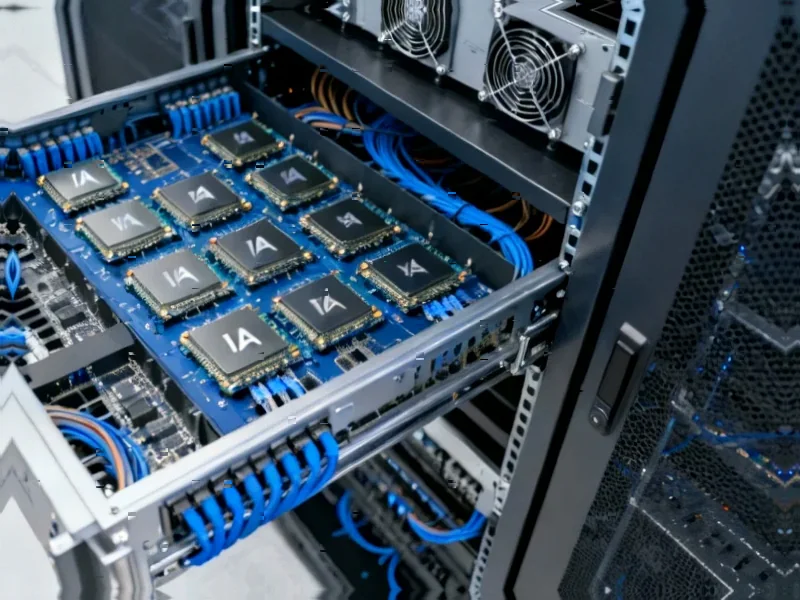According to Bloomberg Business, Nvidia Corp. reached a staggering $5 trillion valuation in late October 2024 following massive investor bets on its AI hardware position since generative AI exploded in 2022. The company is projected to report more net income this year than its two main rivals will generate in combined sales. Recent months have seen a flurry of multi-billion-dollar data center investments, indicating the AI gold rush is actually accelerating rather than slowing down. This incredible performance comes just two years after generative AI began dominating headlines and investor attention.
The Unbeatable Position
Here’s the thing about Nvidia‘s dominance – it’s not just about making faster chips. They’ve built what amounts to an entire ecosystem that’s incredibly difficult to replicate. Their CUDA platform has become the de facto standard for AI development, meaning researchers and engineers have been building on Nvidia’s architecture for over a decade. And when you’ve got that kind of software moat, switching costs become astronomical. Basically, retraining models for different hardware isn’t just expensive – it’s often practically impossible for companies already deep into production.
Where’s the Competition?
So why can’t AMD, Intel, or the dozens of AI chip startups catch up? Look, they’re trying – and some are making decent technical progress. But Nvidia’s lead isn’t just measured in months. They’ve been optimizing their entire stack while everyone else was still figuring out whether AI was a passing trend. The real challenge for competitors isn’t designing a chip that matches Nvidia’s specs on paper. It’s replicating that entire software ecosystem, the developer tools, the libraries, and the institutional knowledge that’s accumulated around their architecture. Can anyone actually close that gap before Nvidia moves even further ahead?
The Billion-Dollar Question
Now for the big question: how sustainable is this? We’re seeing some interesting shifts that could threaten Nvidia’s dominance long-term. Major cloud providers like Google, Amazon, and Microsoft are increasingly designing their own AI chips through companies like Google’s TPU and AWS’s Inferentia. And there’s growing pressure around power consumption and efficiency that might open doors for more specialized architectures. But here’s the reality – we’re still in the explosive growth phase of AI adoption. Even if Nvidia’s market share eventually declines, the overall pie is growing so fast that they could still see massive revenue growth for years to come.
Looking Ahead
The next big test will come when the current AI infrastructure build-out starts to mature. Right now, everyone’s scrambling to get whatever compute they can find. But eventually, cost efficiency and specialization will matter more than raw availability. We’re already seeing early signs of this with companies exploring different chip architectures for specific workloads like inference versus training. Nvidia’s challenge will be maintaining their full-stack advantage while the market inevitably fragments. They’ve got the resources and the head start, but in technology, nothing stays dominant forever. The question isn’t if competition will emerge – it’s when, and from which direction.




